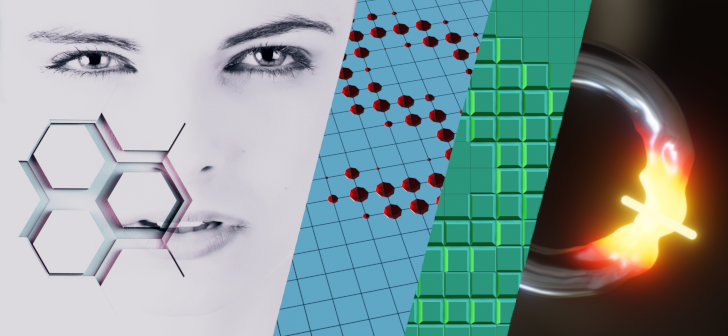


To do that, we’ll use the Time Info node, what this node does is it gives you the value of the frame the playhead is standing in, so if you’re in frame 7 it will output a 7, this is great because we have an increasing number we can do to trigger anything. Then after you’ve done that, we need to make this move on it’s own, that’s sort of what animation nodes is all about. So now if you try out each property, you’ll see the planet moving in space, make sure you set both nodes of Rotation Matrix to “Z” and that you use the “X” in the translation matrix. So up to here we have a Scale Matrix, a Rotation Matrix, a Translation Matrix and a Rotation Matrix, in that order and they should be connected to the Create Matrix List node in that order, or else you’ll get different results. Which we will duplicate, because we want to have 2 separate rotations.Īnd then we’ll add a Translation Matrix that will go in between the two rotation ones. So now we move on to add our second matrix node, the Rotation Matrix Now we need to add matrices to combine, first i’ll add the Scale MatrixĪnd when you connect it to the Combine Matrices node, you’ll get a Create Matrix List just in between because the Combine Matrices needs a list of multiple matrices. We’ll continue again to add a node to combine multiple matrices and you can either go to the add menu (Shift+A) or you could just do a search (Ctrl+A) and search for the name of the node.

This node is the one that will pass the matrices that we mix up to the object you have in your scene, in this case the sphere/planet, and in this case we’ll use Jupiter, so with the picker it’ll pick the object you already have selected or you can write the name in the textbox and it’ll show you a list (handy!) So first we’ll open our add menu (Shift+A) and go to Object > Matrix Output to get this little node. (You can use set to vector to set the position of each point to 0 after storing it's index.So what we’re looking to achieve with this exercise is an animation setup to make the worlds in this solar system spin around themselves and also orbit around the sun but also be able to control it’s scale and distance from the sun.Ī matrix is an ordered array of numbers (at least in this case), and each transform in blender is a Matrix, and matrices can be combined and the order you combine them can be used to achieve different transformations. This attribute value can then be used an an 'index' to move each point to a specific location based on it's initial 'z' location (which you can control with the offset values to make an integer sequence like 1,2,3,4.). You can store, for example the 'z' location of the points by following up with a node, and store the 'z' position to a attribute. The will give you an array of points that you can then instance objects to. You can generate points to distribute on with the mesh primitives. Point Distribute is random in nature, poisson disk gives you a little more control but is not really meant to be uniform either. Vertices with weights 0 (or less, aka 'unassigned') are put into 'geometry 1', while weights over 0 are put into 'geometry 2'. Allows you to use a vertex group to separate your vertices into two groups.


 0 kommentar(er)
0 kommentar(er)
